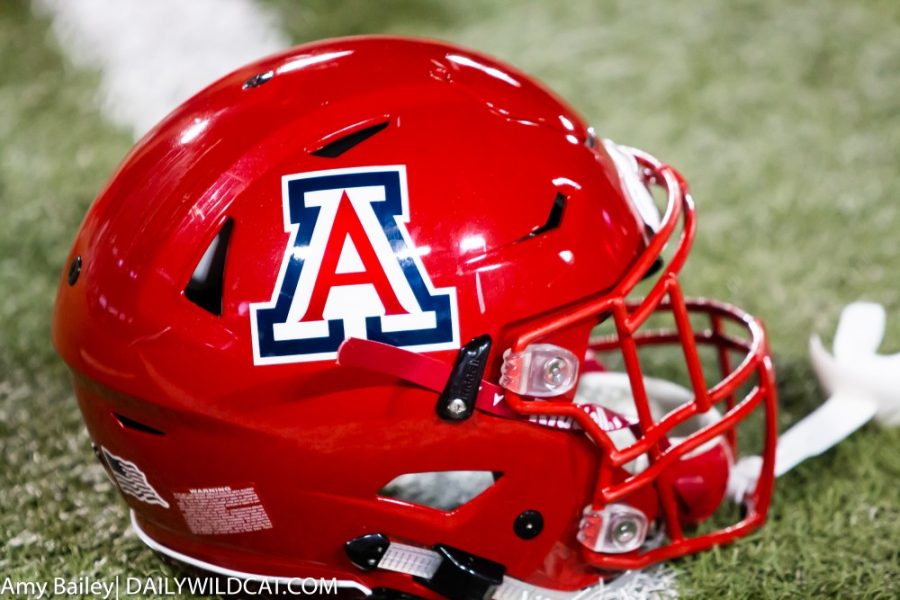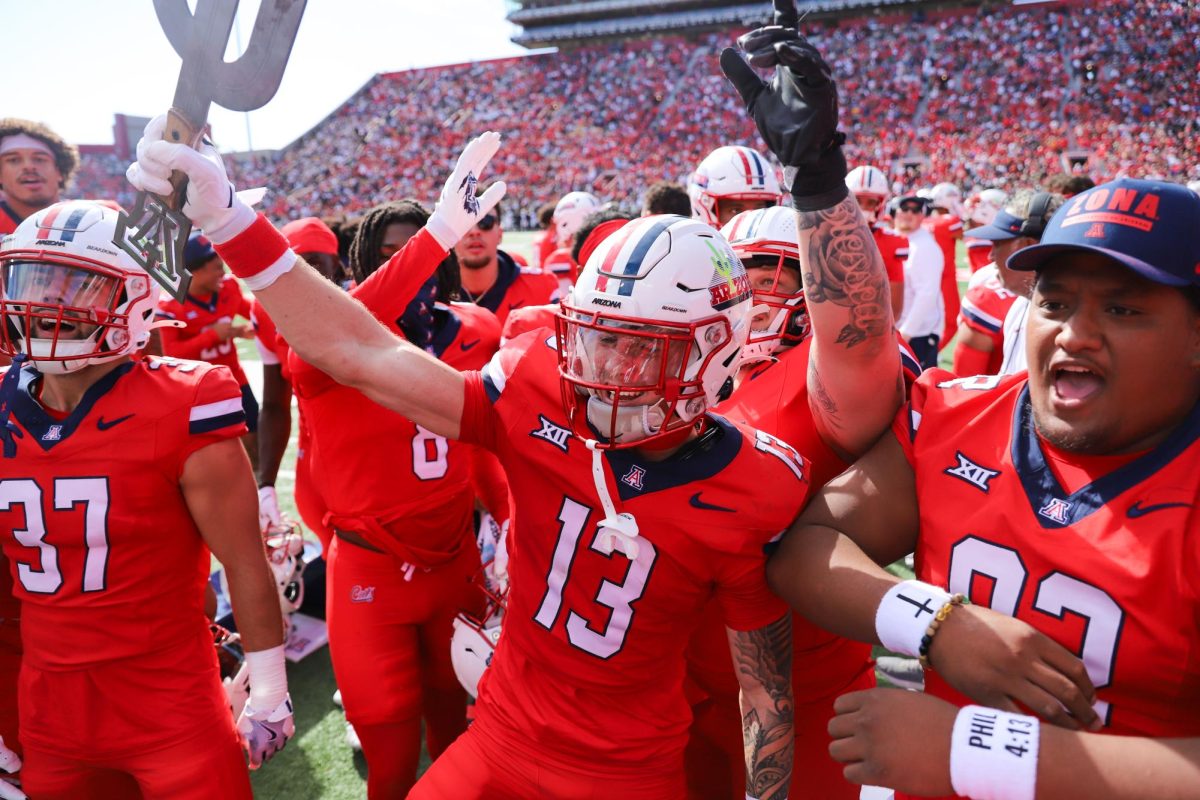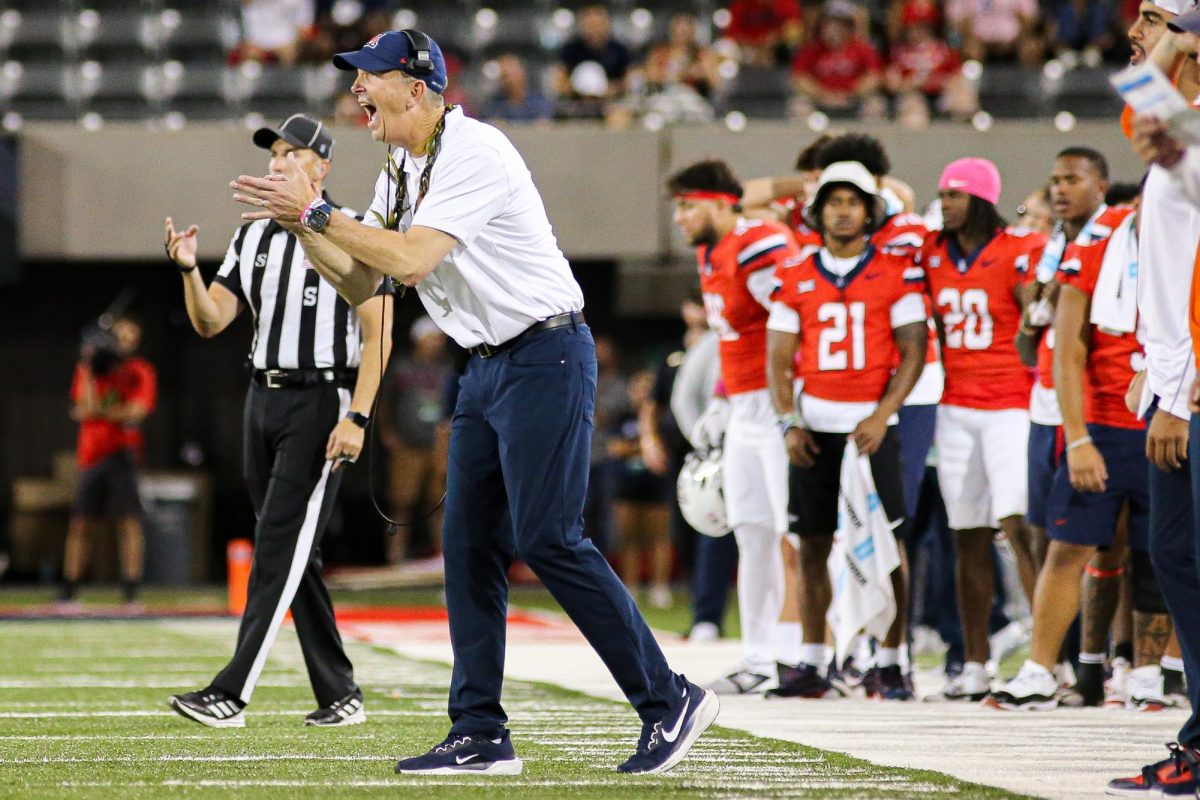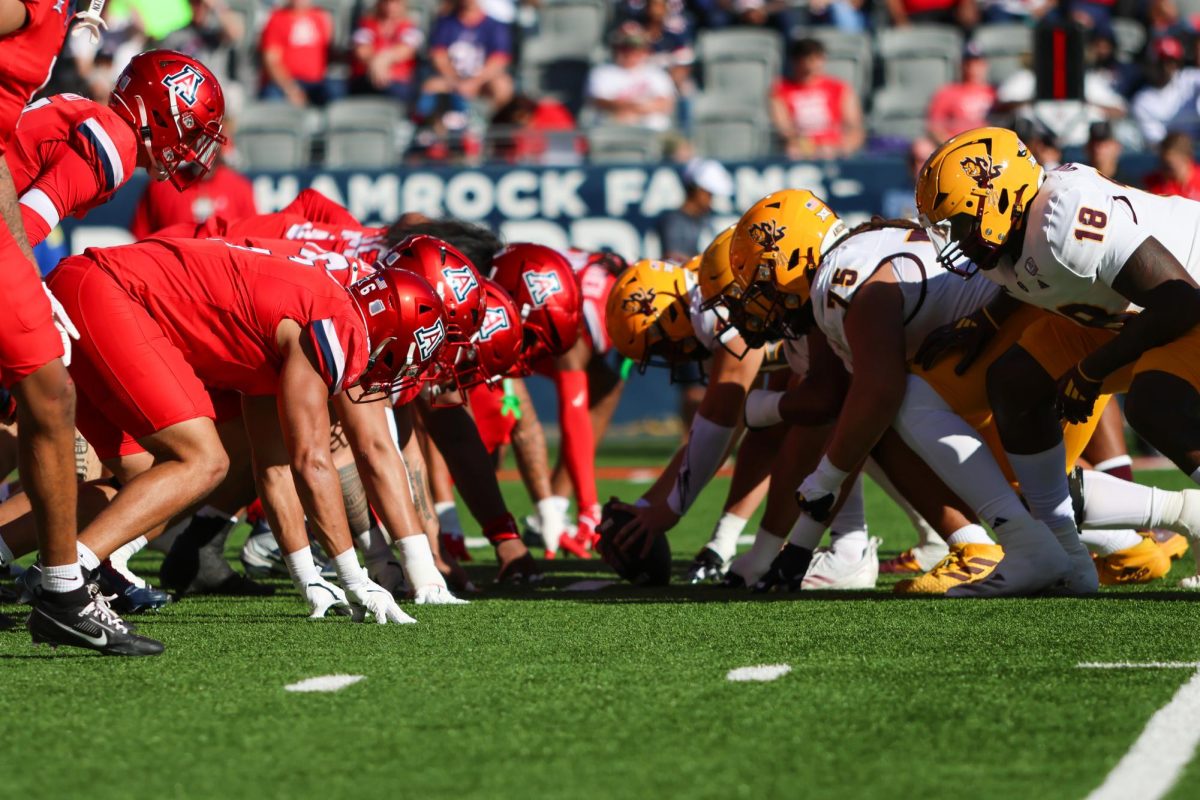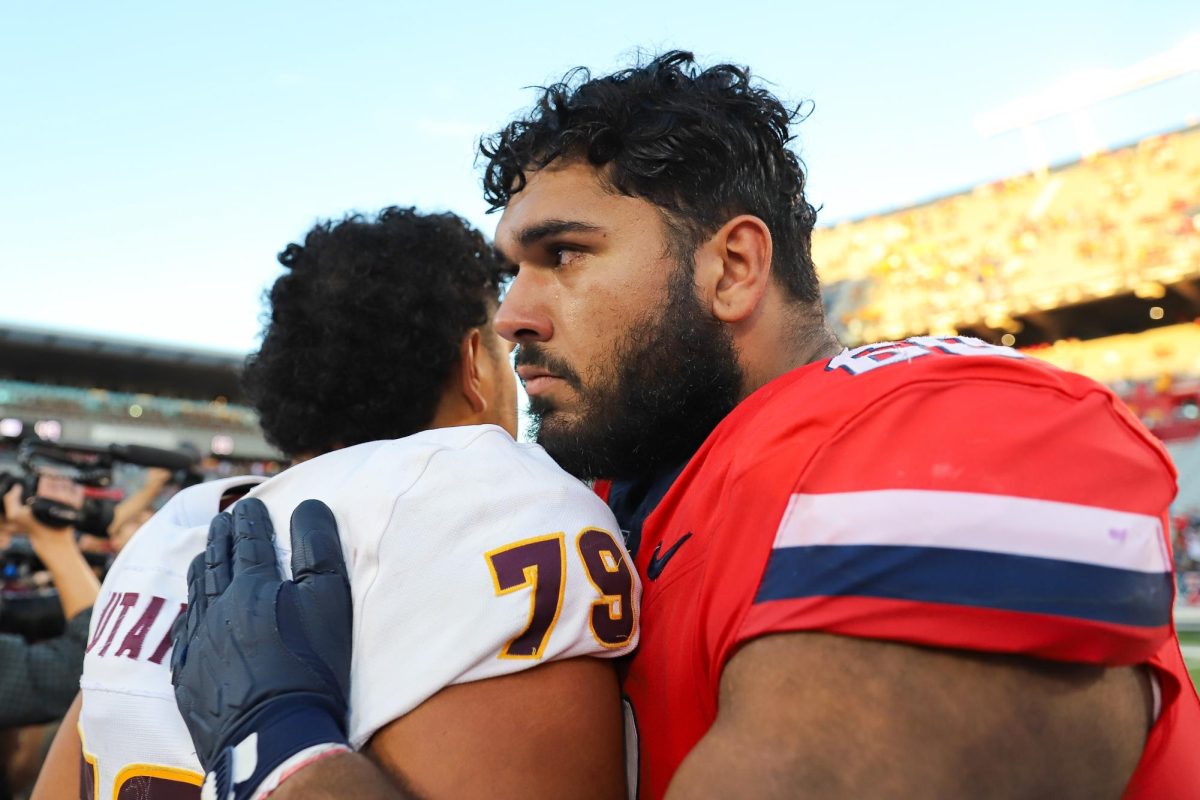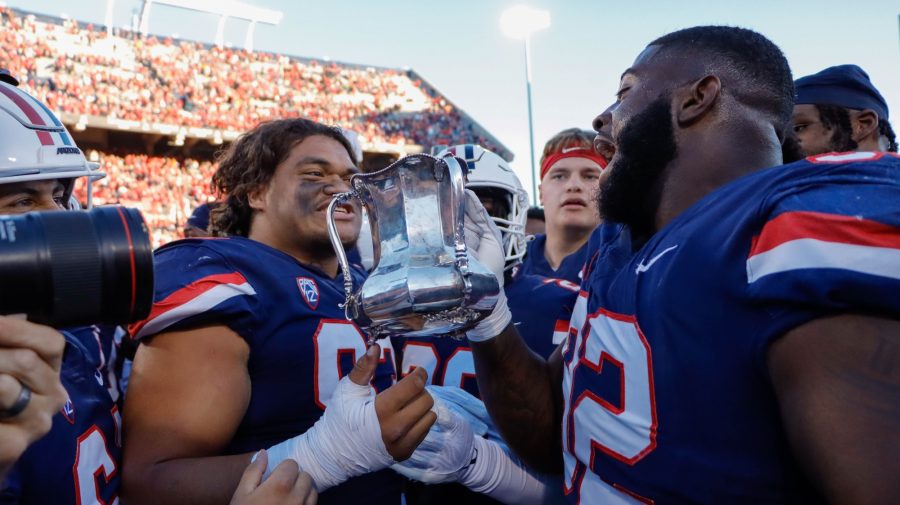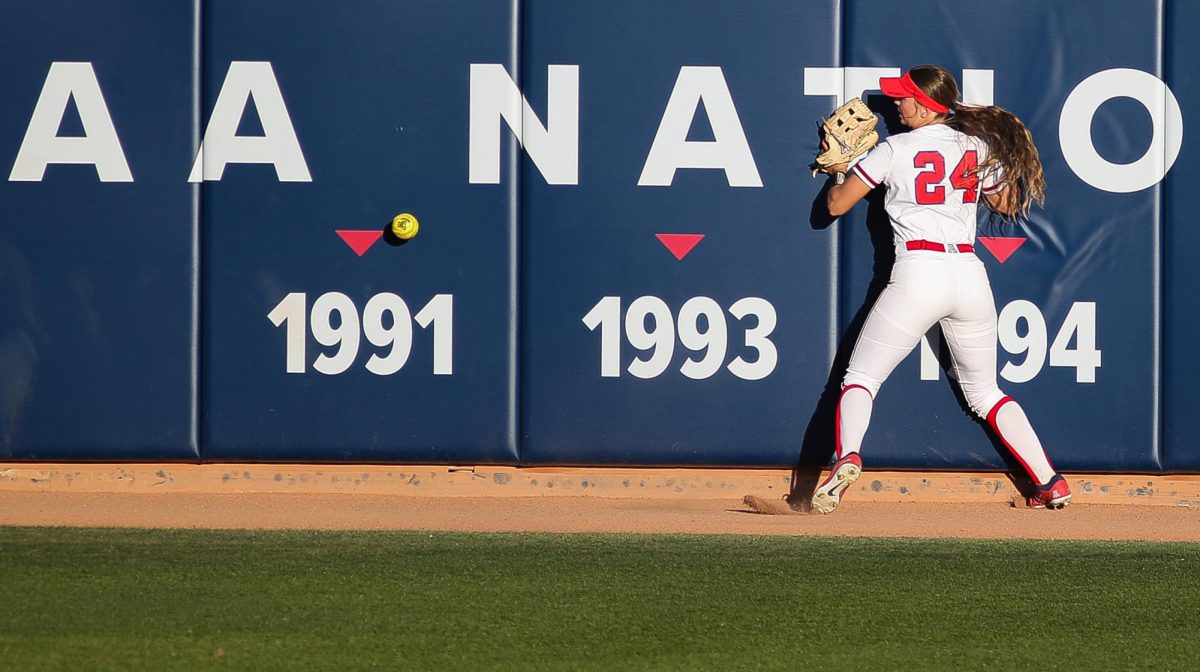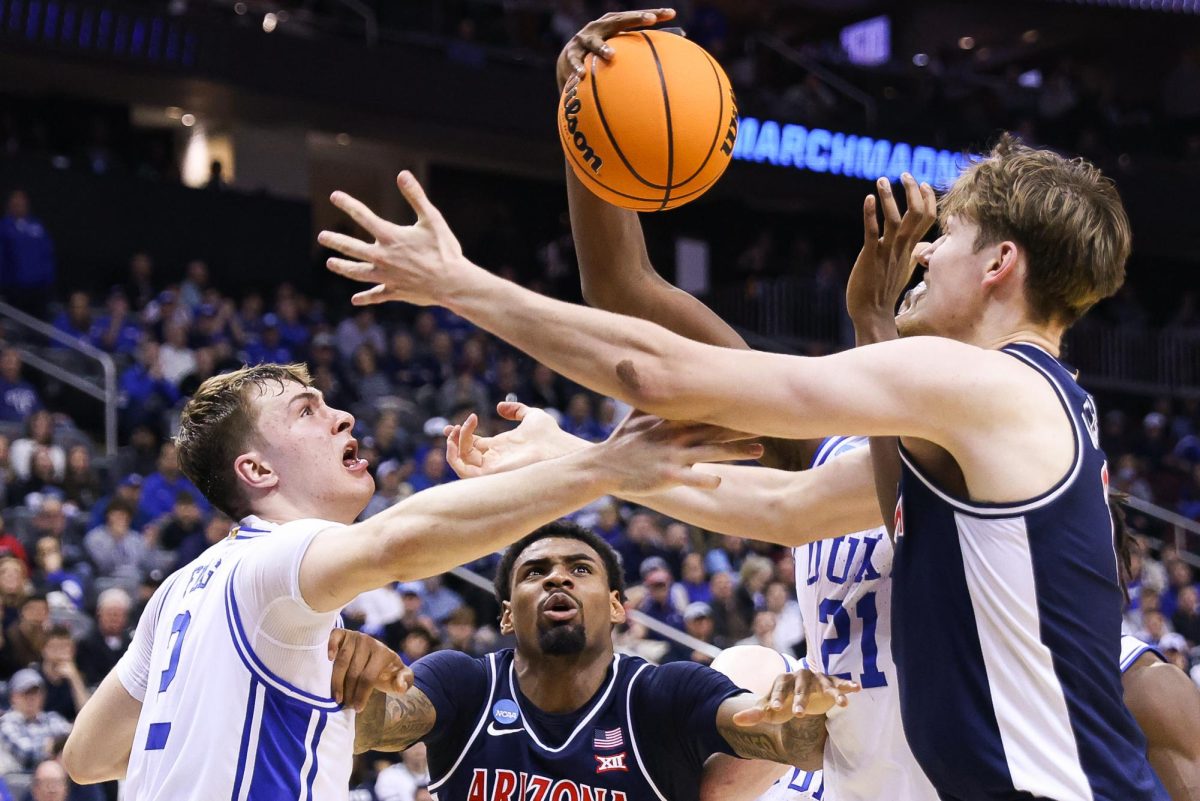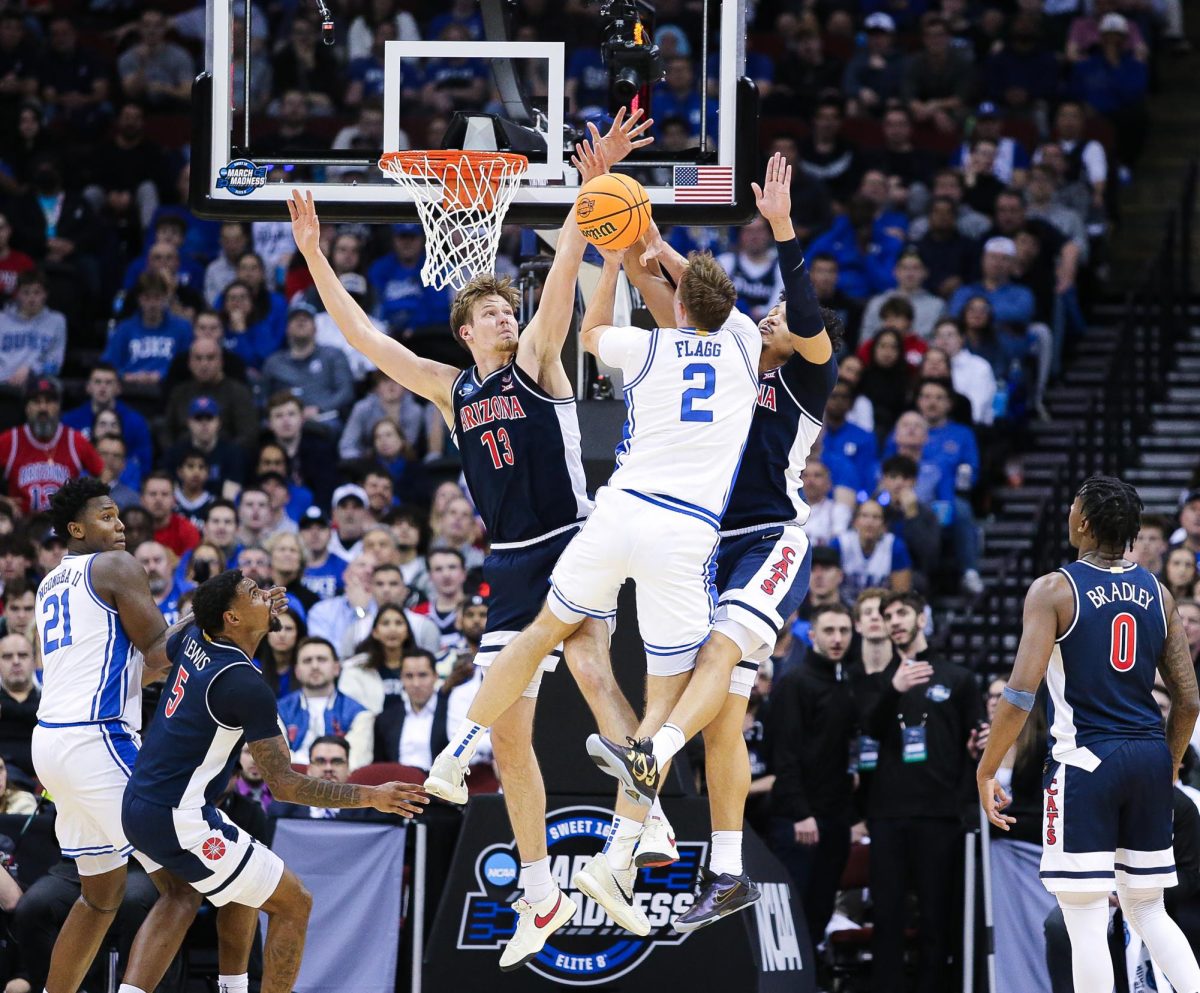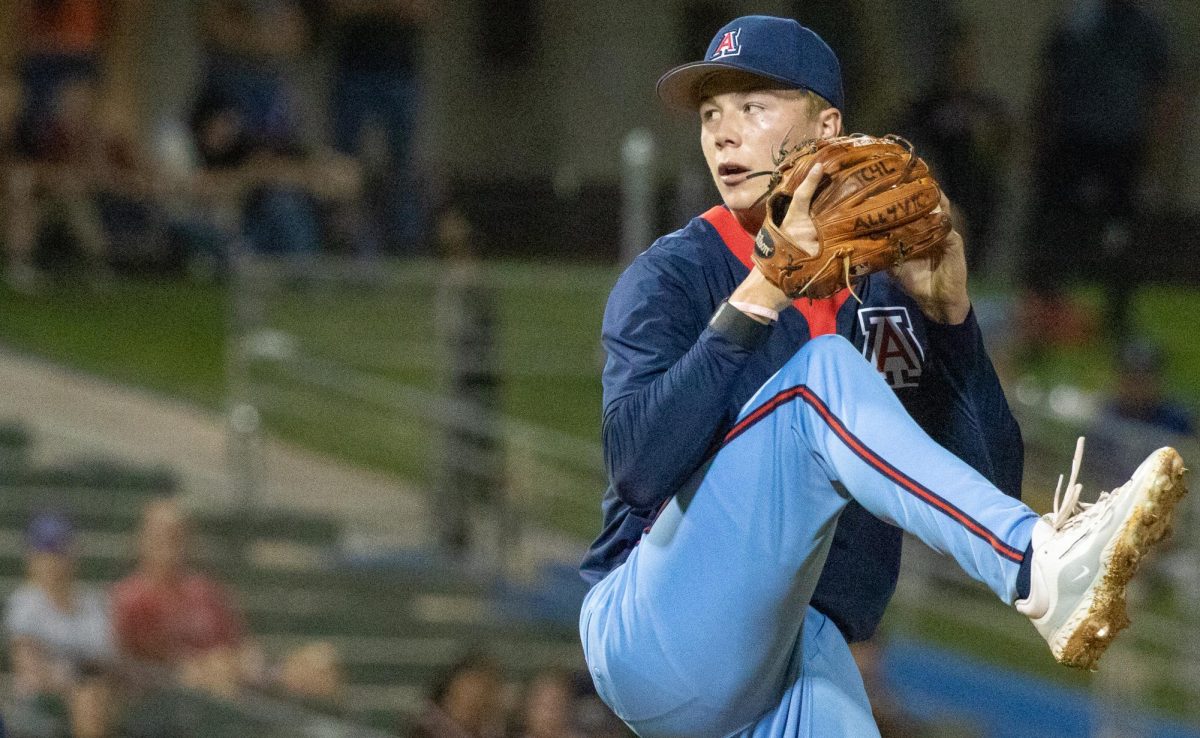Injuries are prevalent in sports and there is no way around it. By moving your body in constant motion and as fast as athletes run, twist and turn, something is liable to go wrong. In college sports, however, concussions are one of the most talked about injuries in the NCAA. Most get their first look at a concussion during a college football game when one player gets drilled by someone on the opposing team.
According to the Centers for Disease Control and Prevention, “a concussion is a type of traumatic brain injury caused by a bump, blow, or jolt to the head or by a hit that causes the head and brain to move rapidly back and forth.” With a description like that, every single play in college football consists of players taking these types of big hits. In three years, between the 2013-15 seasons, over 500 concussions were reported in college football. That is a lot of head injuries and although a concussion is classified as a minor traumatic brain injury, its effects on the mind can be frightening.
Frank Porreca is a professor in the University of Arizona College of Medicine in the Department of Pharmacology and Anesthesiology. He is a scientist who does pre-clinical research on mechanisms relative to pain and headaches. Porreca has discovered just how unique concussions really are.
“After a mild traumatic brain injury, there is usually a headache that occurs, and that is called a post traumatic headache,” Porreca said. “It can persist continuously or intermittently for up to three months, which is called acute post traumatic headache. If the headache persists for longer than three months, then it is called persistent post traumatic headache.”
RELATED: OPINION: The NCAA needs to do something about the transfer portal
If a college football player’s concussion is either post traumatic or acute, there is a good chance of recovery and the headache going away, according to Porreca. What is frightening is that if the headache transitions from acute to persistent, there is a chance that the player may always have recurring headaches or a non stop headache for the rest of their life.
“One of the big goals of clinical practice is to prevent the transition from the acute to the persistent phase,” Porreca said. “Once it becomes persistent, it is not only more difficult to treat, but it destroys people’s lives because they have a headache all the time.”
According to The Arizona Republic, one of those people is a young man by the name of Wyatt Ellis. Ellis was a football player for Chandler Basha High School in Chandler, Arizona. He was so good that he had received a scholarship to play for Arizona State University. That all changed in one of his final high school football games, where he was hit by a running back and did not wake up for 23 hours, forgetting his name and who his parents were. Four years later, Ellis sometimes hears ringing in his ears and suffers from migraines. Still to this day, researchers in the medical field are struggling to find a pharmaceutical drug that can treat headaches like Ellis’.
“The medicines that we use to treat migraines seem to not work very well,” Porreca said. “There are no approved medicines for post traumatic headache.”
Parents are now filled with more fear about what may happen to their kids. The Arizona Republic reported on a survey by the Barrow Neurological Institute that found that in 2020, 47% of parents in Arizona said they would not allow their children to play football and “nearly a third of teens” said they have long-term concerns about concussions in sports.
Many are worried about what may happen to football players in a game, but US News reported a recent study by the Brain Injury Research Program at the Medical College of Wisconsin that found that most college football concussions happen during practice. Across six NCAA Division I teams, 72% of concussions occurred during team practice rather than on game days.
With many future college athletes now suffering concussions at younger ages, in practice nonetheless, it can spell trouble in terms of the healing process. Dr. Josh Gaither is a professor of emergency medicine at the UA and an emergency doctor at Banner University Medical Center — Tucson. Gaither treats the worst types of traumatic brain injuries, but he said that just because someone is young does not mean that their brain will always heal correctly from a concussion.
“When you think about the brain from an anatomic physiologic perspective, nerve cells make up the brain and are easy to injure and slow to heal,” Gaither said. “What we know is that when you hit your head, even a mild concussion can cause those nerve cells to be damaged. As they try to heal or regenerate, they can grow or heal in abnormal ways. The more times you hit your head and get concussions the more likely you are to get long term damage.”
The lasting effects from those nerve cells not regenerating can result in cognitive disabilities, memory loss and emotional lability. Much of the effects are not recognized until it is too late.
“Players want to play,” Porreca said. “You can make an argument that there’s a concussion on every play in football, and there’s probably a great deal of reluctance on the part of the player to tell the coach they’ve suffered a concussion. They want to go back in and play again, so they do.”
Follow Sean Fagan on Twitter



